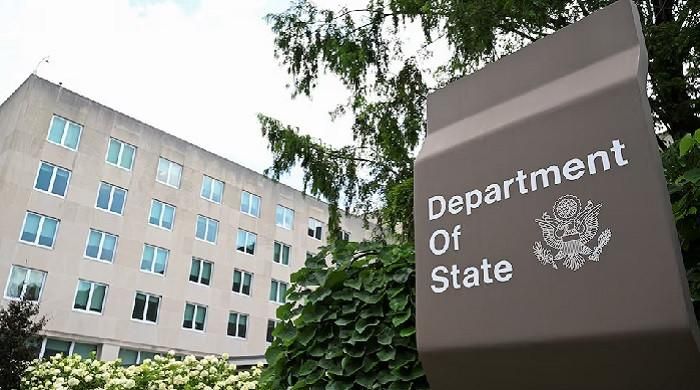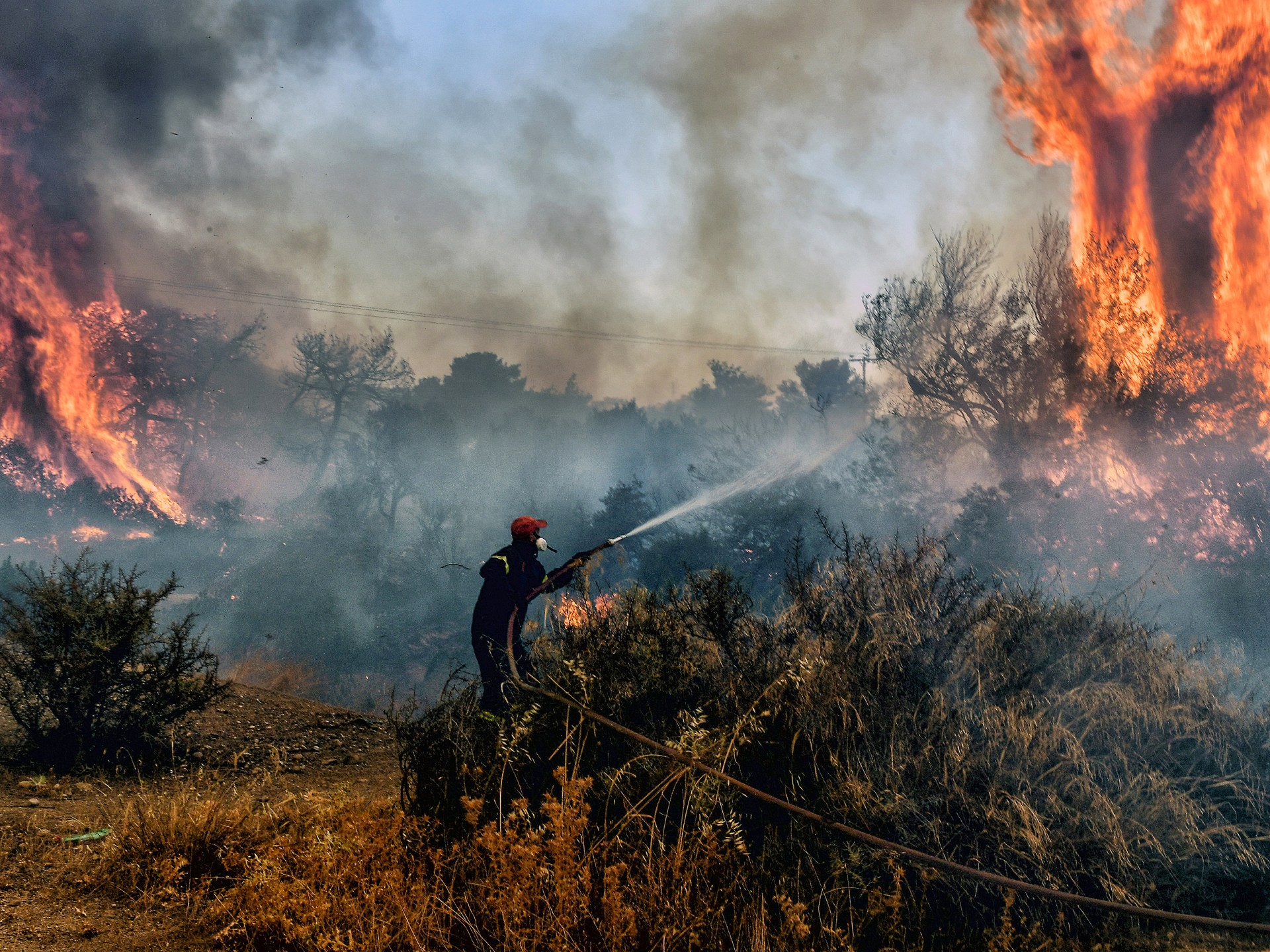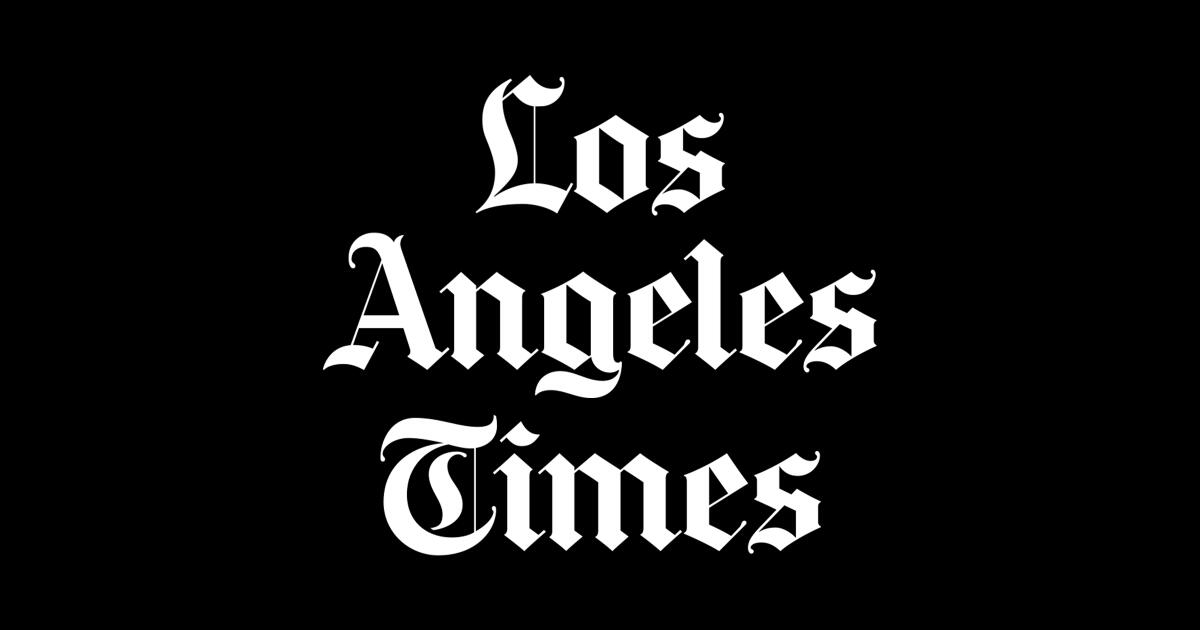- The layoffs affect 1,107 Civil Service, 246 foreign service workers.
- Critics say it hinders us the ability to counteract threats abroad.
- Shake-Up aims to align foreign policy with 'America First'.
The State Department began firing more than 1,350 employees based in the United States on Friday when the administration of President Donald Trump advances with an unprecedented review of his diplomatic corps, a measure that critics say they will undermine the capacity of the United States to defend and promote the interests of the United States abroad.
The layoffs, which affect 1,107 Civil Service and 246 Officers of the Foreign Service based in the United States, arrive at a time when Washington is dealing with multiple crises in the world stage: the Russia War in Ukraine, the Gaza conflict of almost two years and the Middle East on the edge due to the high tension between Israel and Iran.
“The department is rationalizing national operations to focus on diplomatic priorities,” said an internal notice of the State Department that was sent to the workforce. “Personnel reductions have been carefully adapted to affect non -basic functions, duplicate or redundant offices and offices where considerable efficiencies can be found,” he added.
The total reduction in the workforce will be almost 3,000, including voluntary departures, according to the notice and a senior state department official, of the 18,000 employees based in the United States.
The measure is the first step of a restructuring that Trump has tried to guarantee that the foreign policy of the United States is aligned with its “America First” agenda. Former diplomats and critics say that the dismissal of foreign service officers runs the risk of the capacity of the United States to counteract the growing assertiveness of adversaries such as China and Russia.
“President Trump and the Rubio Secretary of State are causing the United States to make the United States less safe and less safe,” said Democratic Senator Tim Kaine of Virginia in a statement.
“This is one of the most ridiculous decisions that could possibly be taken at a time when China is increasing its diplomatic footprint worldwide and establishing a network abroad of military and transport bases, Russia continues its brutal assault from a sovereign country in a sovereign country, and the Middle East is seeing from the crisis to the crisis,” Kaine said.
Several offices were installed within the department headquarters in Washington, DC, for employees who are being fired to deliver their badges, laptops, telephones and other properties owned by the agency.
The offices were marked by posters that said “transition day processing.” A counter in the building was called as a “processing service center” with small bottles of water placed next to a box of fabrics. Within an office, cardboard boxes were visible.
A “five -page separation verification list that was sent to workers who are fired on Friday and seen by ReutersHe tells the employee that he will lose access to the building and his emails at 5pm EDT on Friday. Ask employees to follow a set of steps ahead of their termination.
Incorrect Singgal
Trump ordered the Secretary of State Marco Rubio in February to renew the foreign service to ensure that the foreign policy of the Republican president is “faithfully” implemented. He has also repeatedly committed to “clean the deep state” shooting bureaucrats whom he considers unfair.
The shaking is part of an unprecedented impulse of Trump to reduce federal bureaucracy and reduce what he says is a wasteful expense of taxpayers' money. His administration dismantled the United States Agency for International Aid, the main Washington Help arm that distributed billions of dollars of assistance worldwide, and folded it under the State Department.
Rubio announced the plans for the jolt of the State Department in April, saying that the department in its current form was “bureaucratic” and could not carry out its mission “in this new era of great competence of power.”
He imagined a structure that said he would return power to regional offices and embassies and get rid of programs and offices that are not aligned with the central interests of the United States.
That vision would see the elimination of the role of the high official for civil security, democracy and human rights and the closure of some offices that monitored war crimes and conflicts worldwide.
“This decision sends the incorrect signal to allies and adversaries equally: that the United States is withdrawing from the world stage,” the American Foreign Service Association said in a statement, a professional group that represents the employees of the State Department.
“As the allies seek tranquility and the rivals prove weakness, the administration has chosen to set aside the best equipped professionals to navigate this moment. Meanwhile, countries such as China continue to expand their diplomatic scope and influence,” he added.
The reorganization was expected to be completed largely before July 1, but did not proceed as planned in the middle of a ongoing litigation, since the State Department waited for the United States Supreme Court to intervene in the Trump administration commitment to stop a court order that blocks mass employment cuts.
On Tuesday, the court cleared the way for the Trump administration to continue with the employment cuts and the reduction of personnel from numerous agencies. Since then, the Office of the White House lawyer and the Office of Personnel Management have been coordinating with federal agencies to ensure that their plans comply with the law.












